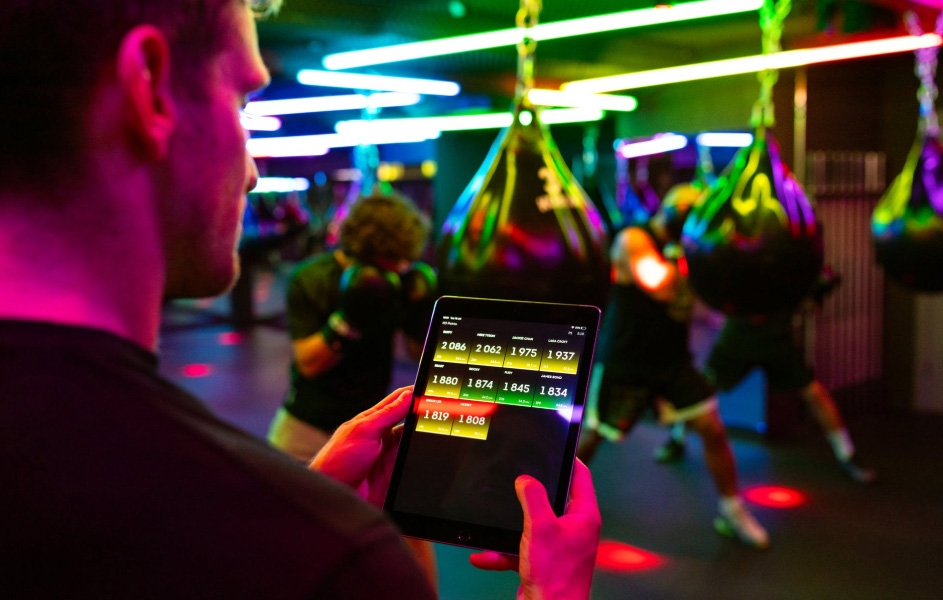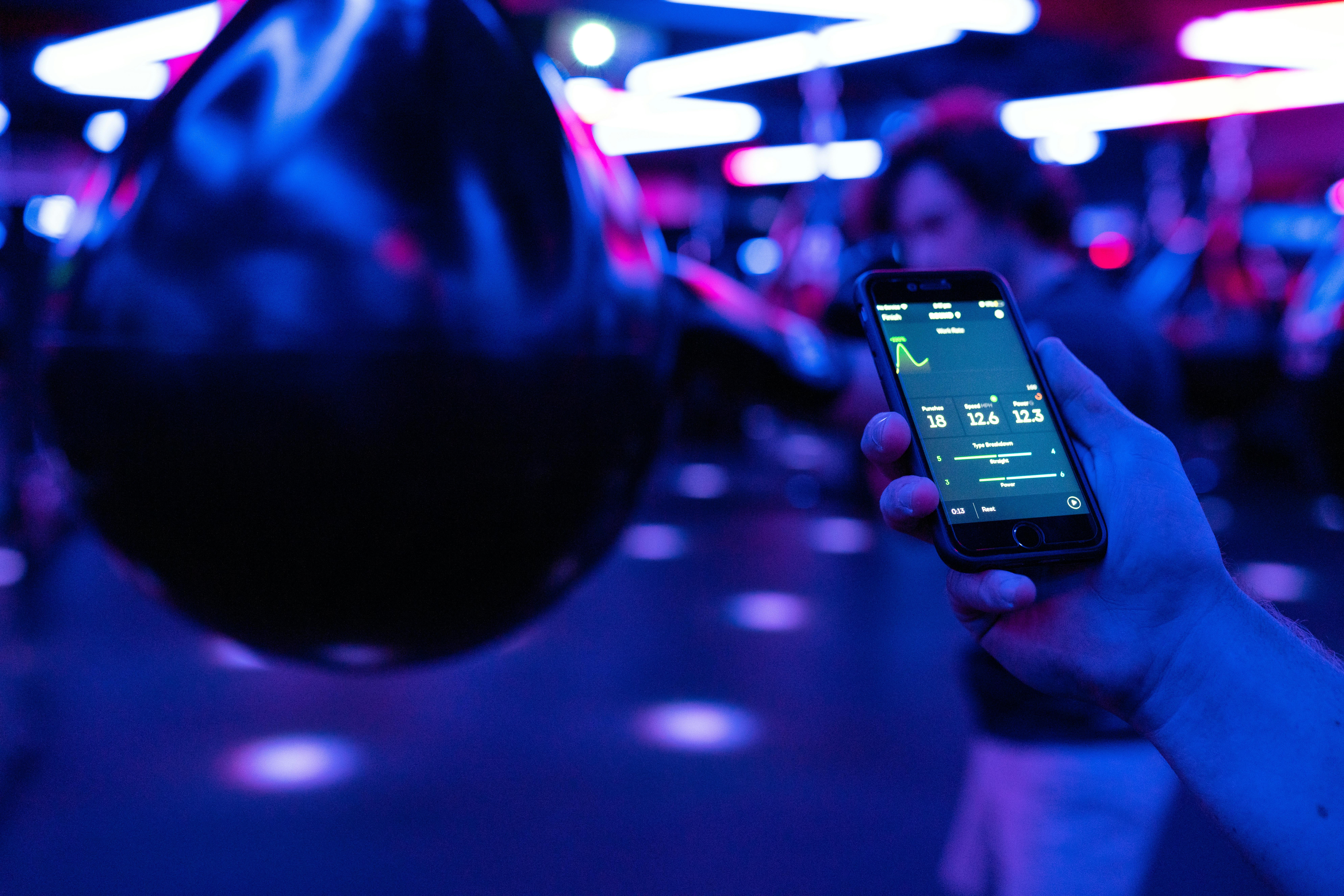Due to the unfortunate recent circumstances, companies around the world have been forced to make rapid adjustments to their business models. As social distancing measures became widely adopted, fitness businesses are among the heart of industries most affected.
As a result of public safety concerns, many gyms and fitness facilities have been forced to close their doors indefinitely.
In immediate response, fitness businesses of all models and sizes pushed their services online as quickly as possible. In the United States alone, reportedly over 350,000 fitness companies took to online channels to try to keep their members engaged and businesses alive.
Personal trainers moved sessions to Facetime, instructors filmed classes to empty studios, and gym staff quickly threw together effective exercise videos using bodyweight only.

Source
This sudden transition from established work flows to the uncharted territory of the internet is obvious. With the majority of the industry scrambling to produce digital content as quickly as possible, their online resources and execution tend to reflect these rushed conditions.
As a result, poor video quality, insufficient lighting, or skewed camera angles left many members unable to get the most of their gym’s new content. Consequently, the digitally unprepared fitness companies have suffered as their members are looking to other options during this time.
Ultimately, the current chaotic landscape of the fitness industry will be temporary, but the rapid shift to digitize services is not. It is a clear wake up call to fitness industry players that they need to create digital ecosystems that can serve their customers both inside and outside of their facilities.
Industry Use Case: Airbnb
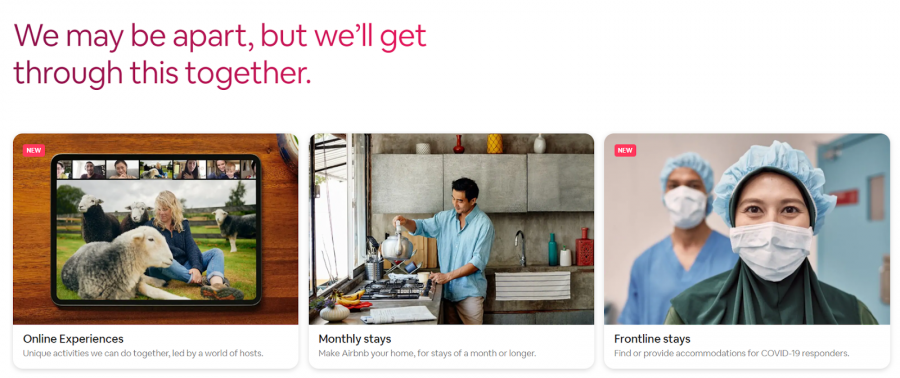
Source
Due to international travel restrictions and crowd management measures, the tourism, hospitality, and entertainment industries are among the most affected. Even some of the most dominant companies in these spheres have had to re-engineer their operations to include online options users can access remotely.
Airbnb is one of the world’s most dominant brands in tourism. The company rose to become an industry leader by providing an alternative method of travel lodging. Its main service connects consumers directly to local property owners renting out their accommodations without the fines and hassle of traditional rental companies.
This innovative model completely disrupted traditional hotel and lodging businesses, transforming travel into a much more intimate experience by connecting travelers with locals. Since, Airbnb has built an empire of rental properties intended for customers with any budget seeking any type of lodging experiences around the world.
As a result of COVID-19 temporarily halting travel, Airbnb has been forced to move to digital services to try to survive financially. They created a new “Online Experiences” option where consumers can book and participate in unique opportunities from hosts all around the world, like a Wine Class from Portugal or Yoga Classes in Bali.
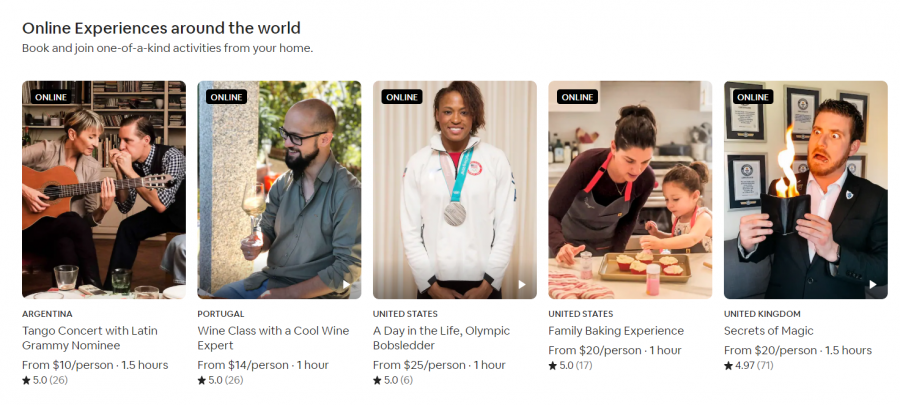
Source
While these experiences typically require an in-person experience, Airbnb’s creation of this option evidences how unilaterally businesses are moving to digitize their services as quickly as possible. This calculated business decision reveals how any business, no matter how successful, is vulnerable without some degree of digital services.
Fitness Club Example: Equinox Group Social Fitnessing
Needless to say, fitness businesses who had already established strong digital and streaming networks are now significantly advantaged.
Consider the example of the Equinox Group. Coincidentally, the Equinox Group had been prepared to release their new streaming app, Variis, on March 15, long before social distancing became widespread.
While this release version of the app was focused on only providing streaming videos, the long-term objective is for the app to compete against Peloton when Variis debuts its own compatible bike and equipment.

Source
The application uses the elite-level trainers from the Equinox Group’s leading fitness brands, Equinox, Soul Cycle, Pure Yoga, Precision Run, etc, to bring their live classes to their members.
Using the technical quality expected with Equinox’s high-end reputation, the Variis app offers a library of streaming videos that cover everything from yoga to HIIT to guided meditation.
The classes are filmed so every move is presented from different angles, allowing viewers to understand proper form and positioning, even more than following along in an in-person class.
Using Variis’s professional digital interface, the Equinox group was able to easily pivot its services. To adapt to social distance measures, they produced a “Social Fitnessing” program on InstagramTV. This extended their platform from strictly app users to be available to anyone, Equinox member or not, working out at home.
Long term, this open sampling will likely result in loyal app users or new members who were not supported by their former gyms during social distancing.
The Equinox Group’s decision to integrate technology into their business model has set them apart from other brands by leading by example for other industry peers to follow.
Digital Ecosystem Outcomes
When the fitness facility industry stabilizes, digital services will remain as important as they are now. They need to be developed as an important part of your business model: they are an extension of your gym, not an addition.
This can easily be achieved through creating branded video content or Live Stream options led by your staff. By offering this balance between in-person and remote member experiences, you distinguish your gym from a traditional facility to a modern brand built around client-centric values, convenience, and accessibility.
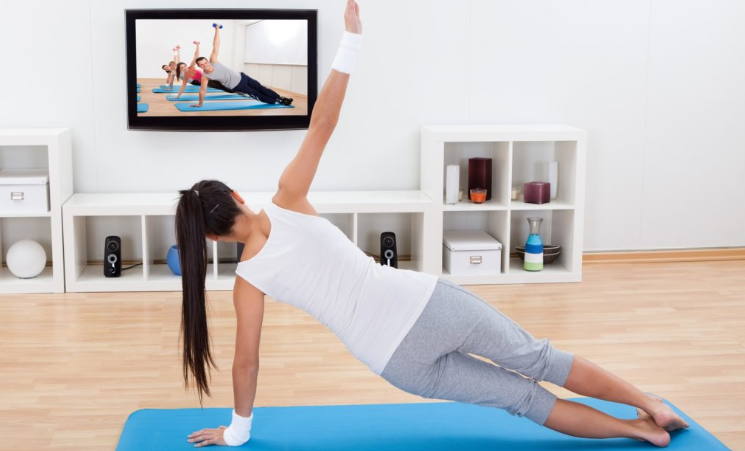
Source
A digital ecosystem can serve as an essential tool for both maintaining memberships and acquiring new ones.
For existing members, these flexible options provide value to members even if they cannot physically attend a facility. This can include different member profiles and situations, like temporary facility closures, members who travel often, or even members who have relocated altogether.
For example, when a famous London based personal trainer moved his practice online, he reported that he was able to maintain a client who had moved to India on the same weekly schedule.
In terms of acquiring new members, digital services can remove two of the most common consumer fears that keep people away from gyms:
New Gym Anxiety
For many, trying anything new can cause extreme anxiety. Trying a new gym is no different. By providing your gym services online, new members can first sample from the comfort of their homes.
They can become familiar with your trainers and class options first on their own terms. As they become more comfortable, they can decide to pursue membership options at your facility as well.
Weightroom Intimidation
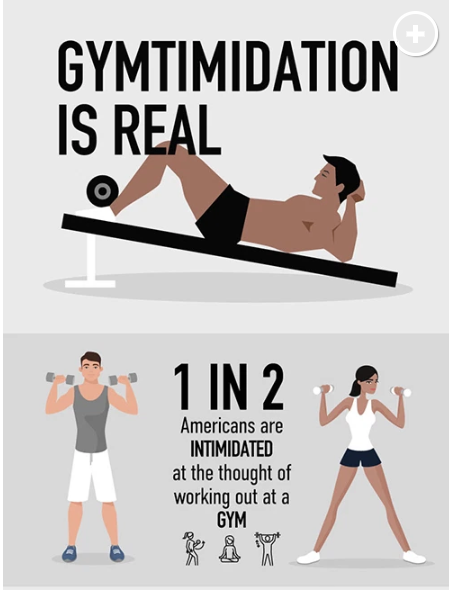
Source
Gym or weightroom intimidation is incredibly common across social demographics. A study conducted on 2000 Americans about their fitness habits concluded that over 50% feel anxious about working out in front of other people in a gym environment.
Gym intimidation can also be caused by numerous common personal triggers: feeling self-conscious, fitness inexperience, and social anxiety, just to name a few.
While fitness brands must prioritize making their members feel comfortable and supported within their facilities, digital services can be a great tactic for helping members overcome this common problem.
Streaming programs can help them gain confidence first by working remotely with your trainers to master the basics, like form, technique, and routines. They also provide a strong alternative to avoid the crowds of peak gym hours after if that is the only time the member has to exercise.
Tools and Strategies
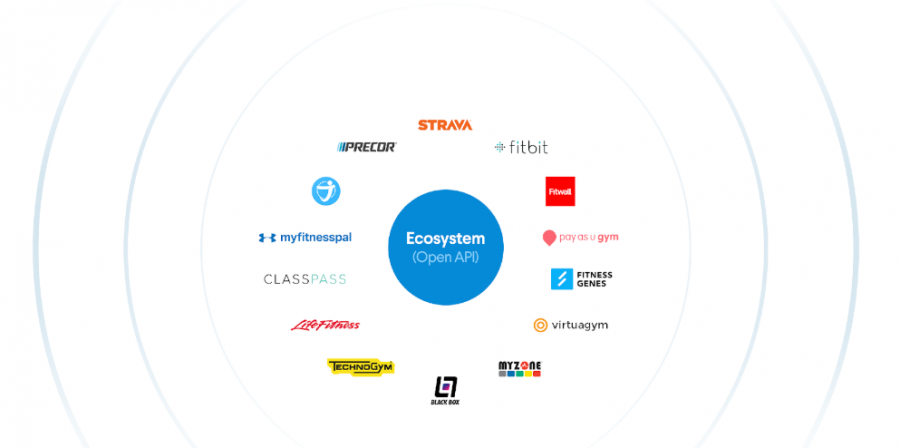
Creating a digital ecosystem requires your gym to seamlessly incorporate additional technologies into your member’s experience.Your gym’s management platform must be able to incorporate third party integrations from technology or devices commonly used by your members.
A digital ecosystem should not just include the foundation of fit-tech synchronization now, but for the future as well. In order to ensure that your digital ecosystem is delivering, you will need the necessary tools to see that your members are engaging with your content.
Incorporating the following tools and strategies is crucial to the foundation of your gym’s digital ecosystem:
Create Virtual Training Content
Your gym should create high-quality digital content, including a livestream option for you in-facility classes. While distributing digital print resources, like meal plans or written exercise routines can be great resources, video content is mandatory.
The quality of this video content must be exceptional in order to stand out among the countless video resources available online today. You must also harness a solid grasp of the video platforms you chose to use, whether it’s on live coaching on Zoom or more public mediums like InstagramTV, Youtube, etc.
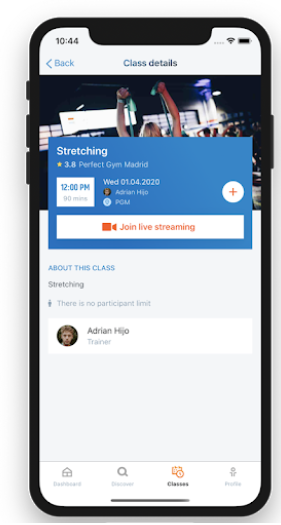
Live Streaming your own classes offers the added incentive for members to truly feel like they are attending in-person, increasing personal motivation. For example, livestreaming on leading platforms like Telemetrics (what Peloton uses) allows the instructors to incorporate personalization to their remote users.
Each Peloton participant then has their progress tracked on a real time leaderboard, providing data for instructors to call members by name and give personal feedback or motivation. This also enables participants to video chat with each other through its dynamic video chat system in its platform.
Integrations with Leading Personal Tracking Technologies
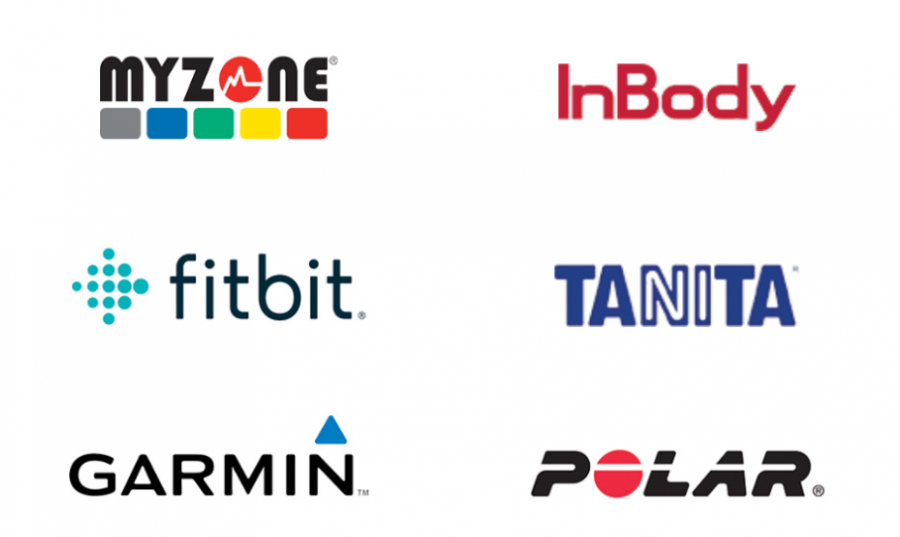
While it’s one thing to physically create virtual content for your users, it’s a completely different element to be able to gauge your clients’ interaction with these services.
Your club will need visibility to monitor member activity within your digital ecosystem. By integrating with your members personal devices, like Fitbits, Garmin, and MyZone, you can gain genuine insight regarding what the customer is physically getting out of these virtual fitness experiences.
From your member’s perspective, syncing their personal devices to your gym’s infrastructure or mobile app can help revitalize how they approach pursuing healthy lifestyles. Members can seamlessly catalog all of their daily activity, including gym time, as a whole instead of having it segmented by different periods.
On a larger scale, integrating with member devices can provide centralized feedback of your services both in your facility and at home. Gyms can recognize data patterns regarding class preferences, client engagement, etc, which ultimately can be used to optimize your services.
These metrics are especially important for understanding trends and engagement with your remote services where you cannot rely on staff observation.
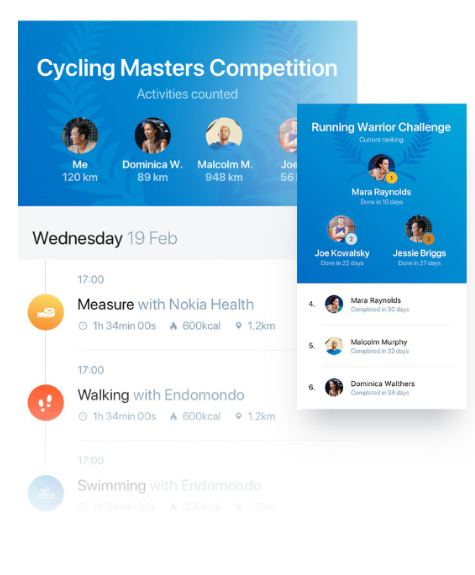
Integrations with personal trackers can also allow fitness facilities to add an element of gamification These devices can provide aggregate metrics from workouts completed at the facility and at home, like calories burned or attendance, to create a reward system for active members.
This data can also be used by your facility’s trainers to assess their clients and personal training programs.
Digital Feedback Loops
Client satisfaction with your digital services can also be collected through feedback loops. Rather than inconveniencing members with in-person surveys at your facility that often provide unreliable data, you can use simple, automated communication tools to guide every part of the client experience journey.
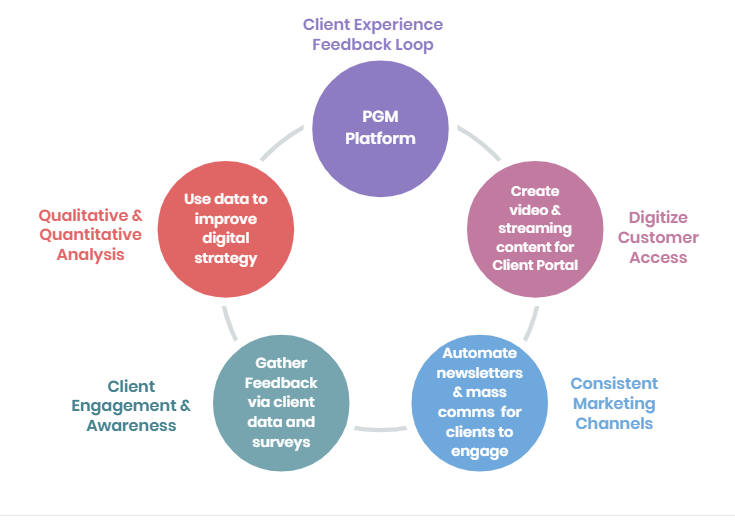
You can promote your digital content with mass communication tools, newsletters, or notifications. You can use these same tools to distribute client surveys reviewing your remote services.
With simple automation in your management platform, you can set protocols to automatically send members surveys or review questions after completing classes.
Closing Thoughts
While the current makeshift circumstances of the fitness industry will fade, the need for facilities to digitally transform will not. Incorporating a technologically compatible framework for your gym will be considered a necessity in business models moving forward.
The more opportunities you create for your members to utilize outside the gym, the further your brand and business reputation will extend. A digital ecosystem with a flexible framework to support current and future fit-tech trends will be indispensable to drive business and satisfy members, new and old.
